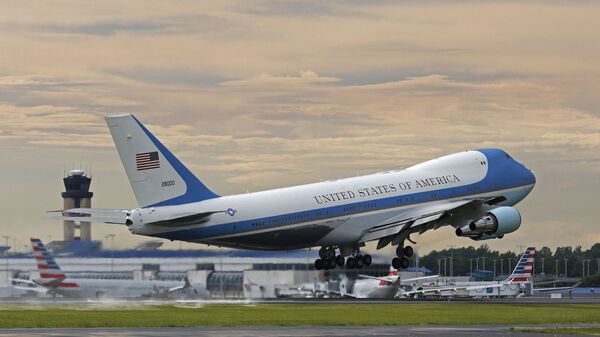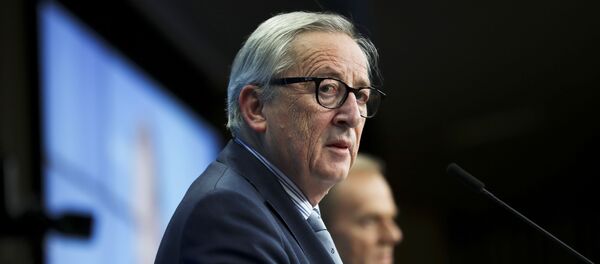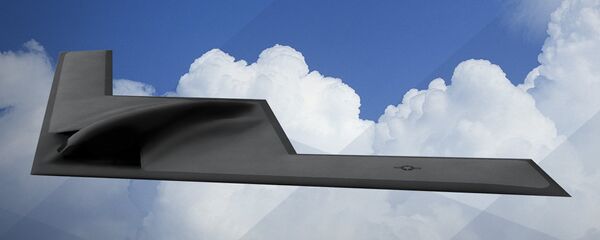In July last year, Trump told "CBS Evening News" anchor Jeff Glor that the new model of the presidential plane, painted blue and white since the Kennedy administration, may get a more patriotic makeover.
"Boeing gave us a good deal. And we were able to take that," Trump said at the time. "But I said, 'I wonder if we should use the same baby blue colors?' And we're not."
"Red, white and blue," he added. "Air Force One is going to be incredible. It's gonna be the top of the line, the top in the world. And it's gonna be red, white and blue, which I think is appropriate."
However, under the House Armed Services Seapower Subcommittee's draft legislation, the aircraft's paint color must "comply with the criteria set forth in a report of the Boeing Company titled ‘Phase II Aircraft Livery and Paint Study Final Report' as submitted to the Federal Government in April 2017." The contents of the report are unknown.
However, according to a congressional staffer who spoke to Defense One, "There were some rumors some time back about proposed changes to the paint job on Air Force One. This language would prevent expenditures on those sorts of changes without Congressional approval."
In addition, the draft legislation includes clauses to prevent additional price hikes in replacement of the jetliners used by the president. Last month, new estimates published by the Trump administration suggested that the total cost of purchasing and outfitting two Boeing 747-style jets, the models the Air Force One fleet uses, will cost some $5.3 billion, Sputnik previously reported. The price tag includes the cost of buying or upgrading and installing new gadgets and safety measures to the two jets, and the general building of the planes' interiors. Additionally, the bill will also cover the construction of a new hangar complex at Joint Base Andrews in Maryland and other development work.
Trump had previously expressed his opposition to the Boeing deal in December 2016, saying at the time that costs were "out of control," as the price had exceeded $4 billion. Once the deal was finalized, however, Trump said that he'd saved $1.4 billion on the project.
The replacement planes are expected to be delivered in 2024.
"This is just about ensuring that when we do make expenditures on these aircraft, there is some oversight to ensure that they're being made for the right purposes and with the signoff of Congress," the congressional aide told Defense One.




